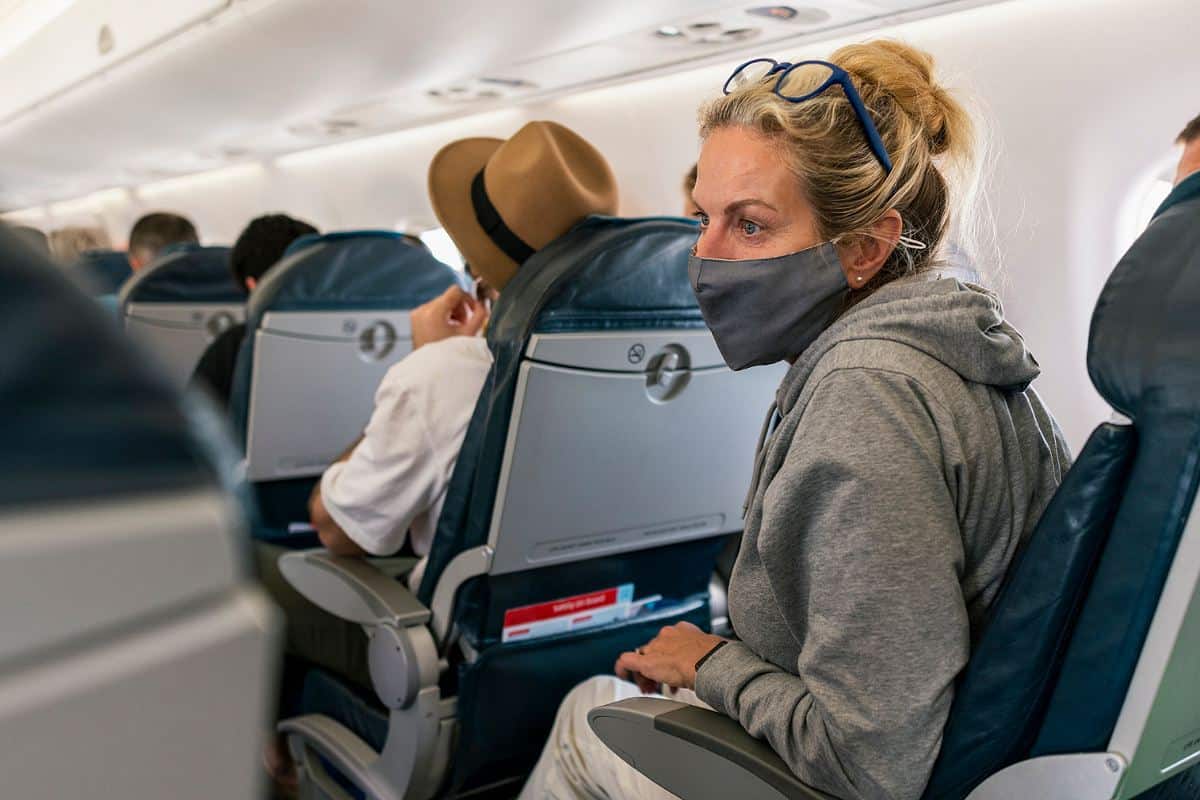A mixture of 14 new Do Not Travel advisories, along with several other less severe travel advisory updates, were issued by the US Department of State yesterday. It’s been a busy start to the year for the State Department, with travel advisories having been updated on six separate occasions already this month, as the US endeavors to keep on top of situations in destinations around the world that could put its travelers in harm’s way.
Amongst the countries that received the updated travel advisories were some destinations that have proved to be popular with American travelers in the past, including several Caribbean islands that are mainstays of various cruise itineraries. Here’s a closer look at what each travel advisory level means, which countries have been affected in the latest updates and what the updates mean for travelers planning to visit those destinations.
Travel Advisories – What Travelers Should Know
Whilst they may not have the power to legally prevent travelers from visiting destinations, travel advisories have played a crucial part in keeping American travelers safe abroad through their detailed, up to date guides that provide information of the risks associated when it comes to visiting certain destinations. A range of different sources of information are assessed to provide a clear picture of the situation in the country before action is taken.
Once assessed, countries are rated with a travel advisory level number, which ranges from Level 1 to Level 4, based on how great the risk is to American travelers in that country. Level 1 advisories are the least severe, whilst Level 4 advisories explicitly recommended travelers not to visit that destination. As well as giving a general travel advisory for a country, separate advisory levels can be handed to specific regions when appropriate.
Advisory Updates – Information For Travelers
A total of 14 countries were handed updated Level 4 travel advisory warnings yesterday – the most severe warning level afforded to destinations. They are:
United Arab Emirates, Tunisia, Romania, Peru, Niger, Mali, Kuwait, Jamaica, French West Indies, Fiji, Equatorial Guinea, Dominican Republic, Costa Rica, Colombia
These countries are considered to be amongst the most dangerous to visit, for various reasons. As one might expect, Covid-19 features heavily on the travel advisory pages of these countries, but it isn’t the sole factor for every country. Issues such as crime and terrorism also feature in the latest updates, with travelers implored to read the travel advisory page specific to their destination before deciding whether or not to go through with their trip.
Yesterday’s announcements also saw countries handed Level 3 and Level 2 updates. They are as follows:
- Level 3: Senegal, Republic of the Congo, Kosovo, Japan, India, Guatemala, Djibouti
- Level 2: Sierra Leone, Brunei, Bangladesh
Those planning to travel to Level 3 destinations are asked to reconsider, with those heading to Level 2 countries asked to exercise increased caution; Sierra Leone’s page warns of the threat of crime and civil arrest, whilst Bangladesh’s warns of the risk of crime, terrorism, and kidnapping.
Travel advisories alone don’t ban travel to certain destinations, with travelers free to go against the advice from the State Department if they wish to do so. Regardless of destination, travelers are recommended to purchase strong travel insurance policies that will keep them covered in the event that something does go wrong on their trip.

